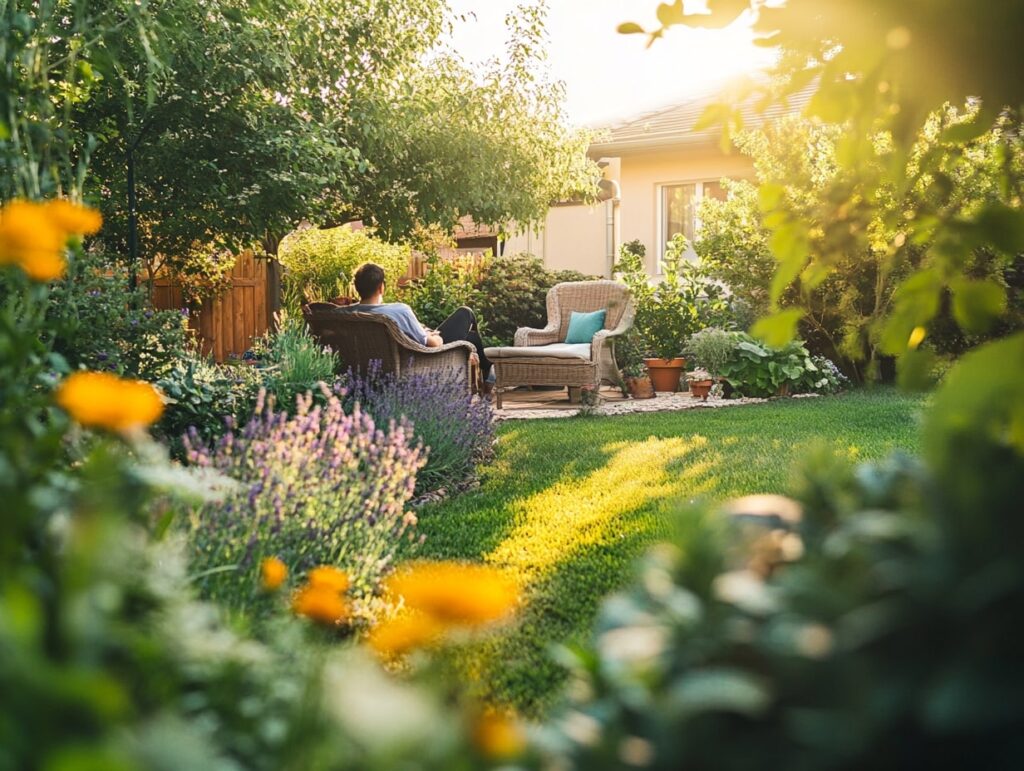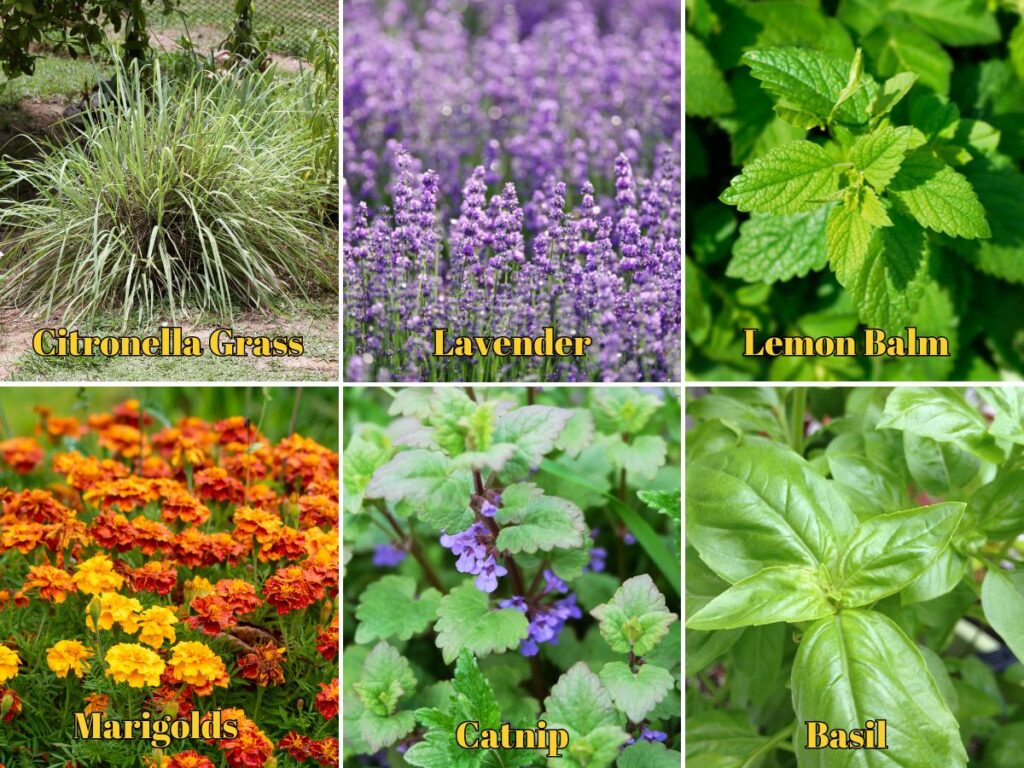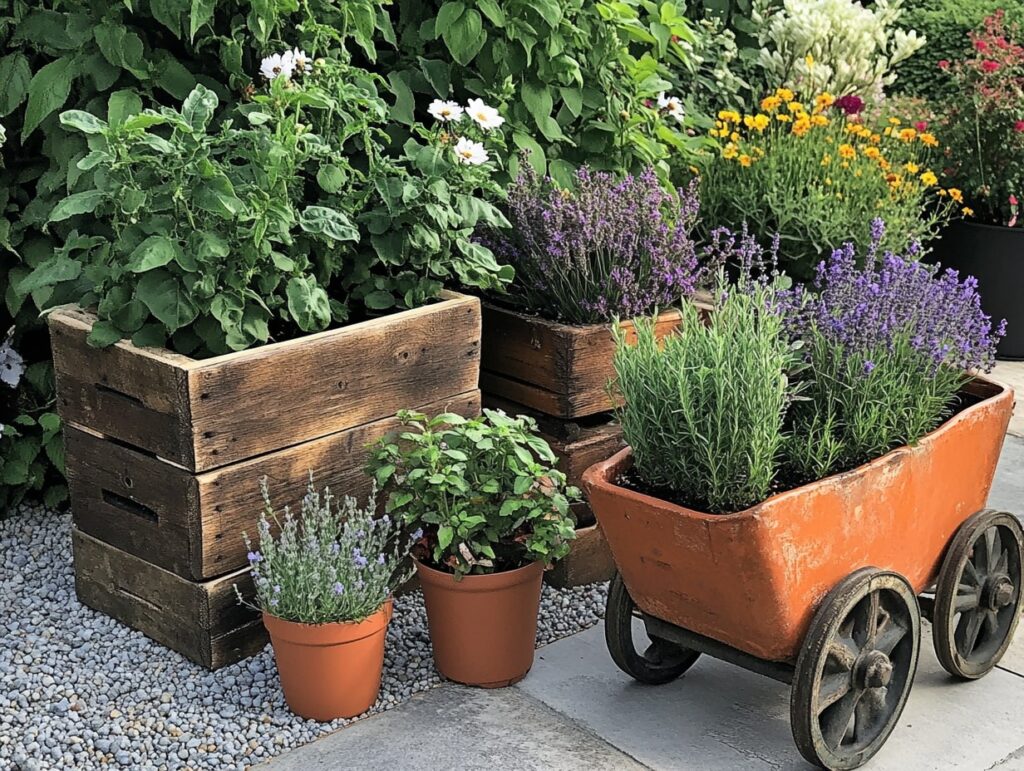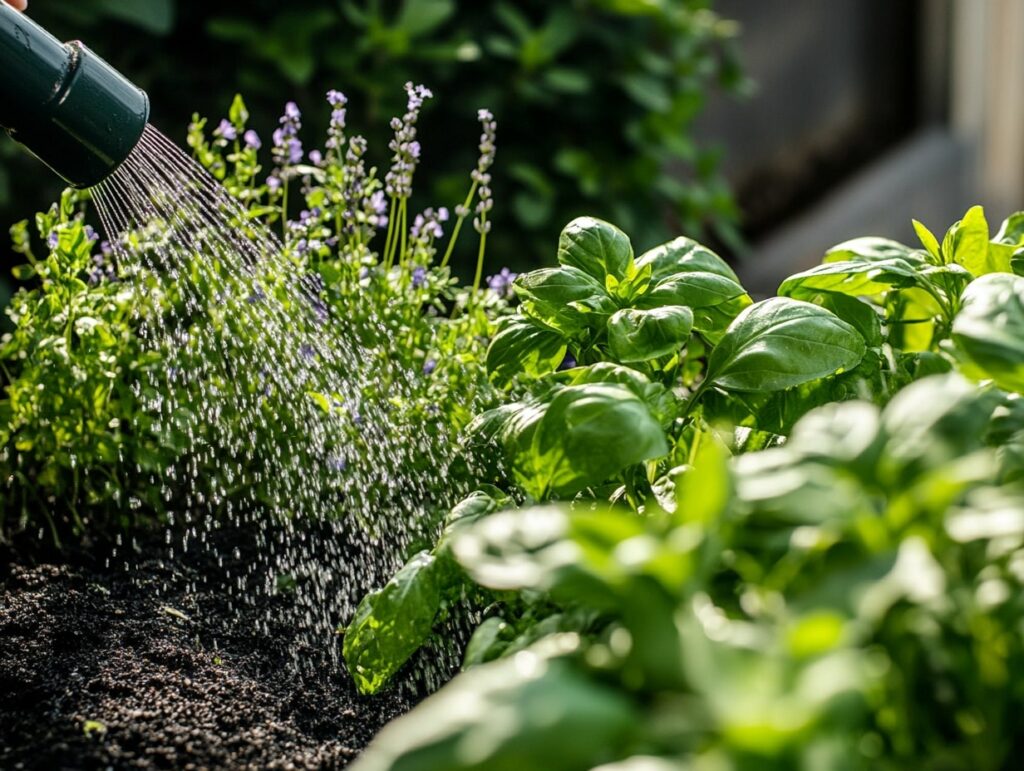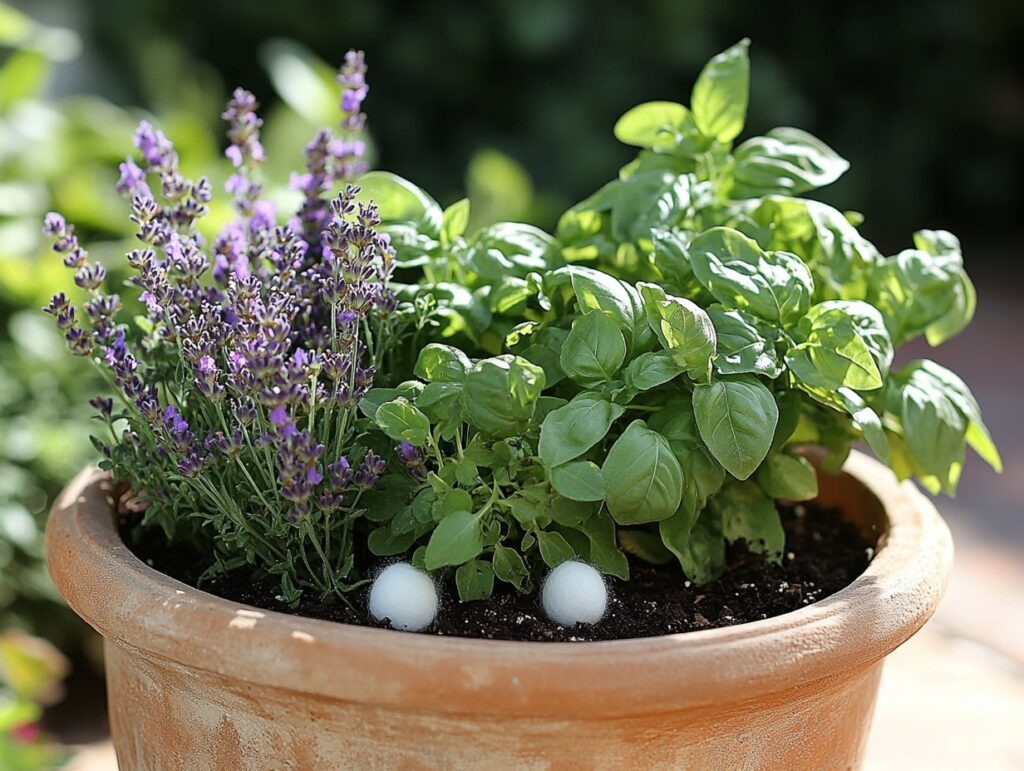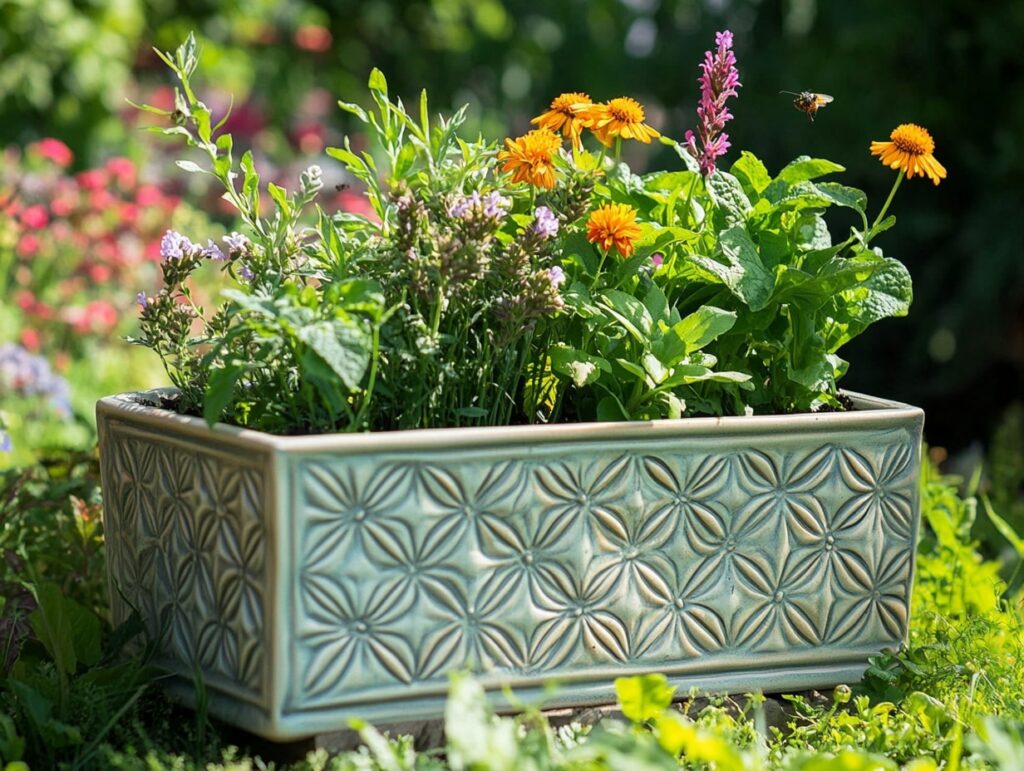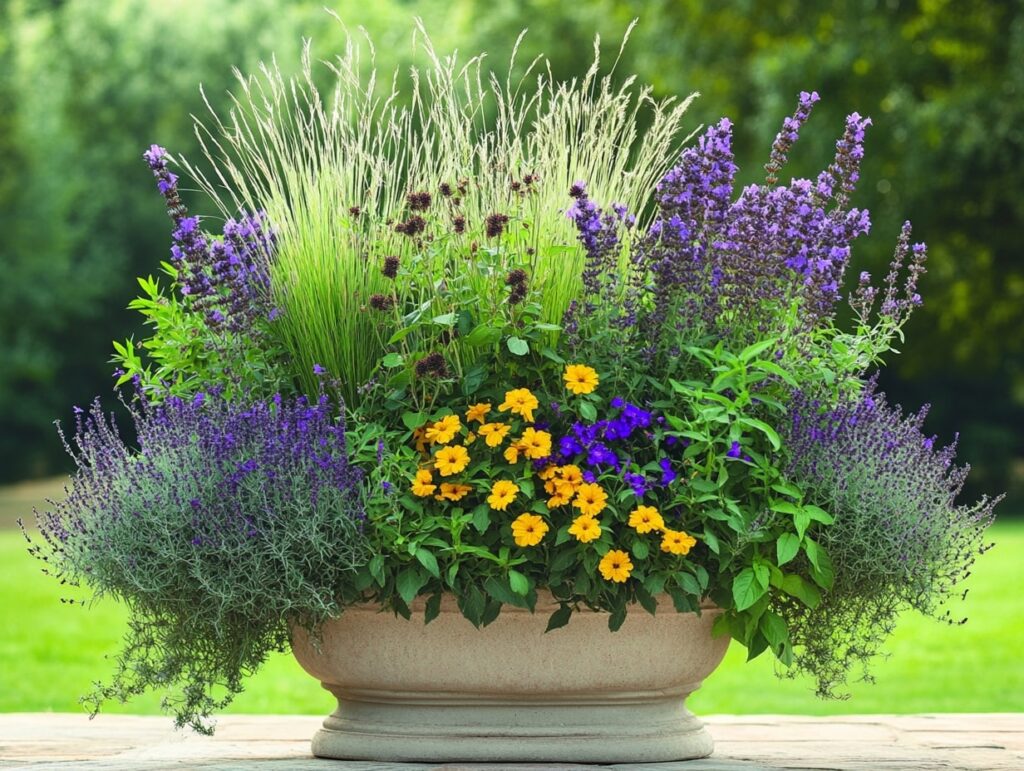Gardening offers more than just beauty; it can also be a practical solution to some pesky problems. Imagine enjoying a cozy evening on your patio without the constant swatting.
Creating a DIY mosquito repellent planter is an effective way to keep those insects at bay. With just the right combination of plants, you can naturally repel mosquitoes and enjoy your time outdoors.
The secret lies in choosing plants known for their natural repellent properties. You’ll want to look for options like citronella, lavender, and basil. These plants not only help reduce the buzzing around you but also add vibrant greenery and pleasant scents to your space.
Getting started is simple. You don’t need to be an expert gardener to put together a mosquito-repelling planter. With a few pots, some soil, and your choice of plants, you can create a welcoming environment that’s free of unwelcome guests.
This is a practical project that enhances your outdoor experience while adding a touch of nature to your home.
Understanding the Enemy
Before delving into the how, it’s important to understand the why. Mosquitoes are attracted to us by cues like carbon dioxide and body heat.
While we can’t stop breathing or lower our body temperature, we can create an environment that’s less appealing to them.
Certain plants emit fragrances and compounds that mosquitoes find uninviting. By strategically placing these plants, we can create a natural barrier.
Choosing the Right Plants
Not all plants are created equal in the battle against mosquitoes. Here’s a selection of some of the most effective:
Citronella Grass (Cymbopogon nardus): Perhaps the most well-known, citronella is a staple in natural repellents. Its strong lemony scent masks the smells that attract mosquitoes.
Lavender (Lavandula angustifolia): Beyond its calming properties for humans, lavender is disliked by mosquitoes due to its potent aroma.
Lemon Balm (Melissa officinalis): A member of the mint family, it has a strong lemon scent that’s effective in repelling mosquitoes.
Marigolds (Tagetes spp.): These bright flowers contain pyrethrum, a compound used in many insect repellents.
Catnip (Nepeta cataria): Studies have shown that catnip can be even more effective than DEET in repelling mosquitoes.
Basil (Ocimum basilicum): Not just for your kitchen, basil emits a scent that mosquitoes avoid.
Designing the Planter
The goal is to create a planter that’s both aesthetically pleasing and functional. Consider the following steps:
Selecting the Container: Choose a planter that suits your garden’s aesthetic. It could be a rustic wooden box, a sleek ceramic pot, or even a repurposed item like an old wheelbarrow. Ensure it has proper drainage holes.
Positioning: Place the planter in areas where you spend the most time—near seating areas, doorways, or patios. This maximizes the effectiveness of the repellent plants.
Soil Preparation: Use a high-quality potting mix that provides good drainage and is rich in nutrients. Most of these plants prefer well-drained soil.
Plant Arrangement: Consider the growth habits and sizes of the plants. Place taller plants like citronella grass in the center or back, with shorter plants like basil and marigolds at the front. This not only looks good but ensures each plant has enough space and sunlight.
Companion Planting: Some plants benefit from being planted together. For instance, basil and marigolds can enhance each other’s growth while providing a double barrier against mosquitoes.
Caring for Your Planter
Maintenance is key to keeping your mosquito repellent planter effective.
Watering: Most of these plants prefer moderate watering. Avoid overwatering, as standing water can become a breeding ground for mosquitoes—the very thing we’re trying to avoid.
Pruning: Regularly trim the plants to encourage bushier growth and prevent them from becoming leggy.
Fertilizing: Use an organic fertilizer to provide necessary nutrients without introducing chemicals that could deter beneficial insects like bees and butterflies.
Enhancing the Effectiveness
While the plants themselves do a lot of the heavy lifting, there are ways to boost their mosquito-repelling properties:
Crushing Leaves: Gently crushing some leaves releases more of their essential oils into the air. Just be careful not to damage the plants excessively.
Adding Essential Oils: You can augment the planter by placing cotton balls soaked in essential oils like citronella, lavender, or eucalyptus among the plants.
Lighting: Incorporate citronella candles or torches around the planter for added repellent action during evening hours.
The Broader Impact
Creating a mosquito repellent planter is more than a DIY project; it’s a statement about how we choose to interact with our environment. In opting for a natural solution, we’re rejecting the notion that every problem requires an industrial answer.
We’re also fostering a small ecosystem, one that supports beneficial insects and adds to the biodiversity of our gardens.
Moreover, there’s a personal fulfillment that comes from crafting something with your own hands. In an age where so much is pre-packaged and ready-made, taking the time to build and nurture a planter reconnects us with simpler pleasures.
It reminds us that we are participants in nature, not just observers.
Addressing Limitations
It’s important to acknowledge that while a mosquito repellent planter can significantly reduce mosquito activity, it’s not a foolproof solution.
In areas with high mosquito populations or where mosquito-borne diseases are prevalent, additional measures may be necessary.
However, combining the planter with other methods—like removing standing water and using physical barriers—can create a comprehensive approach.
A Reflection on Simplicity
The journey to create a mosquito repellent planter is emblematic of a larger philosophy. We often seek complex solutions for problems that have simple, elegant answers.
In technology, in business, and in life, the most effective solutions are often the ones that align with natural principles.
By turning to plants, we’re leveraging millions of years of evolutionary wisdom. These plants have developed their own defenses against pests, and we can benefit from that. It’s a partnership with nature, rather than a conquest over it.
Additional Tips and Tricks
Choose the Right Plants: Opt for plants known for repelling mosquitoes such as citronella, lavender, and marigolds. These can be easily integrated into your planter.
Arrangement: Mix different plants in one planter for a versatile and effective barrier. Not only will it help keep mosquitoes away, but it also makes for an attractive display.
Regular Maintenance: Keep your plants healthy by watering and trimming them regularly. Healthy plants tend to release more of their natural oils, which are essential for repelling mosquitoes.
Use Organic Fertilizers: Enhance plant growth with natural fertilizers. They not only boost plant health but also keep the environment chemical-free.
Placement: Position your planter near outdoor seating areas or doorways. This ensures you get the most out of its mosquito-repelling properties.
Lighting: Consider adding solar-powered lights around your planter. They can attract mosquitoes into your DIY trap if you’ve included plants like Venus flytraps.
Creating your DIY mosquito repellent planter can be both fun and rewarding. By following these tips, you’ll have a beautiful and functional addition to your outdoor spaces.
As the sun sets on another day, imagine sitting in your garden, the air rich with the scents of lavender and basil, the soft glow of twilight wrapping around you.
The mosquitoes are notably absent, not because of chemicals or gadgets, but because you’ve invited nature to be your ally.
Creating a DIY mosquito repellent planter is a modest act, but it’s one that brings together beauty, functionality, and a touch of wisdom. It’s a reminder that sometimes, the solutions we seek are right there in the soil, waiting for us to plant the seeds.


